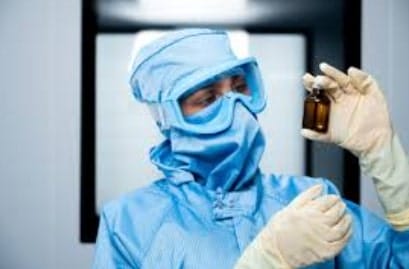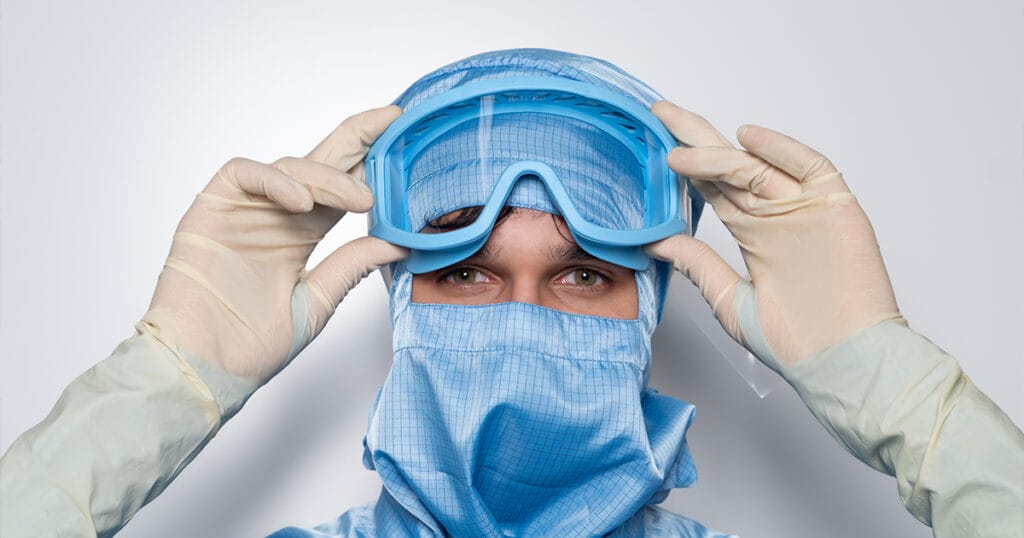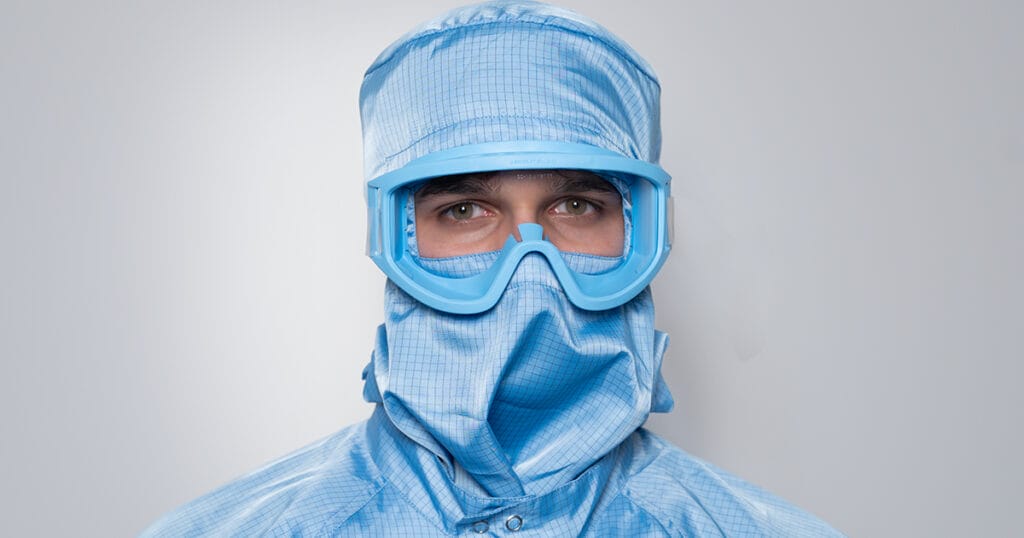
A guide to the best eye protection in labs
In terms of creating a safe laboratory setting, eye protection takes precedence. The numerous chemicals, particles in the air and chances of unexpected splashes are reasons enough to insist on reliable eye protection.
In this article, we will talk about necessary lab goggles for eye protection and why safety goggles for chemistry labs cannot be overlooked.
Why are Safety Glasses Crucial in Labs?
There are many dangers that can harm our eyes while working in laboratories. One may get hurt by chemical splashes or even through fast-moving particles and harmful vapors, among others, which may lead to eye injuries. These injuries can cause severe pain, impaired vision temporarily or blindness permanently, hence the need for appropriate eyewear depending on specific hazards present in a particular lab.
Kinds of Eye Protection Equipment:
There exist different kinds of eye protectors each having its own use and level of safety provided:
- Safety Glasses: Safety glasses look like ordinary eyeglasses, but they have lenses that are stronger together with more robust frames around them. They guard your eyes against impact as well as flying debris and dust particles which may be floating around during work. They are lightweight weighted thus can be worn over prescription glasses when necessary although these offer only limited coverage especially where there is a lot of splashing liquids or chemicals in the form of aerosols.
- Safety Goggles: Eye protection goggles for laboratory cover more area than safety glasses do since they fit tightly around one’s entire eye socket thereby providing better overall safeguard from chemical spills into the eyes from all directions including underneath. Moreover, they also protect against other dangerous objects such as large fragments moving at high speeds towards one’s face.
Characteristics And Importance of Chemical Lab Safety Goggles:
Chemistry labs use different types of chemicals hence it calls for special features found on safety goggles designed for such environments some of these include;
- Full Coverage: By covering up all parts surrounding an individual’s eyes there is no chance left for any harmful substances to enter.
- Tight Seal: This feature ensures that no liquid or airborne particles can get through into the eyes due to its close-fitting nature.
- Anti-Fog Lenses: The majority if not all chemical lab safety goggles are fitted with anti-fogging lenses which enable users to have clear vision even when they are subjected to extreme temperatures or humidity levels this is most helpful during complicated experiments.
- Impact Resistance: They can also be able to withstand strong impacts thus protecting against sudden explosions and shattering of delicate materials hence minimizing risks associated with eye injuries.
Tips On How to Use Eye Protection Goggles Safely:
To maximize the benefits of eye protection gear, observe these tips:
- Size And Comfort: Make sure that the goggles fit properly and feel comfortable when worn continuously. You may consider adjusting straps if necessary until you achieve a snug but not tight fit.
- Cleaning And Maintenance: Regular cleaning of the goggles should be done so as to remove dirty particles or any other contaminants. Also, check for scratches on lenses which may reduce visibility and effectiveness; replace scratched ones immediately since they offer no protection at all against hazardous materials present in labs.
- Frequency Of Usage: Do not limit putting them on only during high-risk activities but rather wear them throughout your stay within laboratory premises. Consistent use guarantees full-time safety.
- Training and Awareness: Educate lab workers about the significance of eye protection and proper use, storage, and cleaning of safety goggles. Commonly held training sessions can make people more conscious of precautions for their own safety while at work.
Conclusion:
Selecting appropriate eye safeguards is an essential part of laboratory safety. Eye protection goggles for laboratory are specifically meant to be used in the chemistry lab where they provide an extra shield against chemicals splashing into eyes, dust particles or any other hazards. It is therefore important that staff members follow usage instructions strictly as well as take care of them so that they can protect their eyes from getting injured. Prioritizing eye care does not only entail following rules but also creating a conducive working environment within the lab setup where all individuals feel secure and comfortable working together.
Frequently Asked Questions (FAQ)
What are the most common causes of eye injuries in laboratories?
Eye injuries in labs are most frequently caused by accidental chemical splashes or flying debris, as well as glass shards and UV or laser radiation exposure. Many of these incidents occur due to either lack of proper PPE or incorrect usage of safety goggles. Proactively identifying potential hazards in the lab helps in selecting the right protective equipment.
How does the lab environment influence the choice of eye protection?
Different lab environments pose different risks. For example:
- Chemical labs may require splash-proof goggles.
- Biological labs may need goggles with anti-fog features for prolonged use.
- Mechanical or research labs with cutting or grinding operations benefit from impact-resistant eyewear.
Lindström emphasizes the importance of matching PPE to risk level to ensure maximum protection.
Are face shields a substitute for safety goggles?
No, face shields are not a replacement for safety goggles. Face shields rather do complement them as yet another protective layer. Face shields protect the full face, with gaps around the eyes possibly existing. For full protection, goggles should be worn underneath the face shield, especially from flying particles and from splashes.
How can labs ensure the availability and readiness of clean eye protection gear?
A key practice is implementing a centralized PPE management system, such as Lindström’s workwear service model, which ensures regular inspection, sanitization, and replacement. Storing eyewear in clean, accessible locations and educating staff on maintenance is essential to readiness.
Why is certification important when selecting eye protection for laboratory use?
Certification plays a critical role in ensuring that eye protection equipment can withstand the specific hazards present in laboratory environments. Certified goggles are rigorously tested for resistance to impacts, chemical exposure, and optical clarity, offering a verified level of protection that generic eyewear cannot guarantee. By use of certified PPE, laboratories safeguard their personnel in a more effective manner. They show due diligence during regulatory audits and safety inspections. This helps one in maintaining legal compliance, and it reduces liability if accidents happen.
How can laboratories promote the proper use of eye protection?
Laboratories can promote proper use by conducting regular training sessions that emphasize the importance of eye protection, demonstrate correct usage and maintenance, and update staff on safety protocols.
What features should be considered when selecting safety goggles for laboratory work?
When selecting safety goggles, consider features such as impact resistance, anti-fog properties, chemical splash protection, and compatibility with prescription lenses if necessary. Ensuring that goggles meet relevant safety standards is also crucial.



